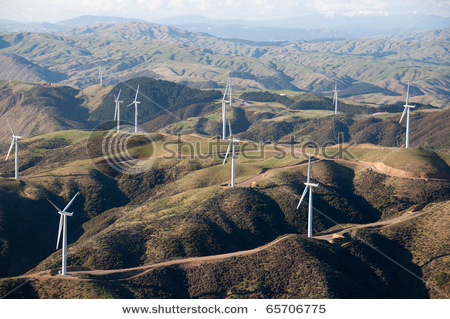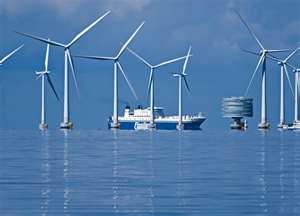Welcome to the sixteenth and final post in the Sustainable Energy without the Hot Air – A New Zealand Perspective series.
To recap, we started with a bit of energy accounting and worked out that Kiwi’s use around 88 kWh/d/p (methodology for what the kWh/d/p means is here), and that of this, about 33kWh/d/p came from sustainable sources or we couldn’t substitute. As a result, we’ve been looking for how to shift the remaining 55kWh/d/p of our current energy use to renewable energy sources. We approached this in two ways:
How much could we increase our energy generation capacity in renewable sources?
Here, we looked at hydro power, geothermal and wind (and a summary on the big three), solar, biofuels, marine and waste energy and did some basic calculations on the overall potential of these sources. Then:
How much could we achieve a BIG reduction in our personal and national energy consumption, and where those savings would come from.
We went through the areas of energy use for Kiwis, including road, air transport, home energy use and general consumption before doing some calculations on the overall reductions we think we could make.
What might it cost to achieve an all-renewable energy economy?
Today, we’re looking at how this might translate into action at a national level. This post contains both some costing, and suggestions for action that might effectively be channeled into effective change.
Continue reading “Grand final: Sustainable Energy NZ #16 – counting up the dollars and sense”

 Welcome to the fifth post in the Sustainable Energy without the Hot Air – A New Zealand Perspective series. Today we’re summarising the numbers on wind, hydro and geothermal potential in New Zealand (and finding they’re pretty big!). For the background to the work please our introductory post here. Also check out our earlier posts on the potential of
Welcome to the fifth post in the Sustainable Energy without the Hot Air – A New Zealand Perspective series. Today we’re summarising the numbers on wind, hydro and geothermal potential in New Zealand (and finding they’re pretty big!). For the background to the work please our introductory post here. Also check out our earlier posts on the potential of  Writing in the latest newsletter from the
Writing in the latest newsletter from the  Two wind energy items arrived in my inbox in close proximity recently. One was from the NZ Wind Energy Association (NZWEA) congratulating Meridian Energy on turning the first sod at Mill Creek wind farm in the Ohariu Valley north-west of Wellington. It’s a 60 megawatt farm of 26 turbines. The project will cost $169 million and is expected to be commissioned by mid-2014. It will increase NZ’s installed wind capacity from 623 megawatts to 683 megawatts.
Two wind energy items arrived in my inbox in close proximity recently. One was from the NZ Wind Energy Association (NZWEA) congratulating Meridian Energy on turning the first sod at Mill Creek wind farm in the Ohariu Valley north-west of Wellington. It’s a 60 megawatt farm of 26 turbines. The project will cost $169 million and is expected to be commissioned by mid-2014. It will increase NZ’s installed wind capacity from 623 megawatts to 683 megawatts.